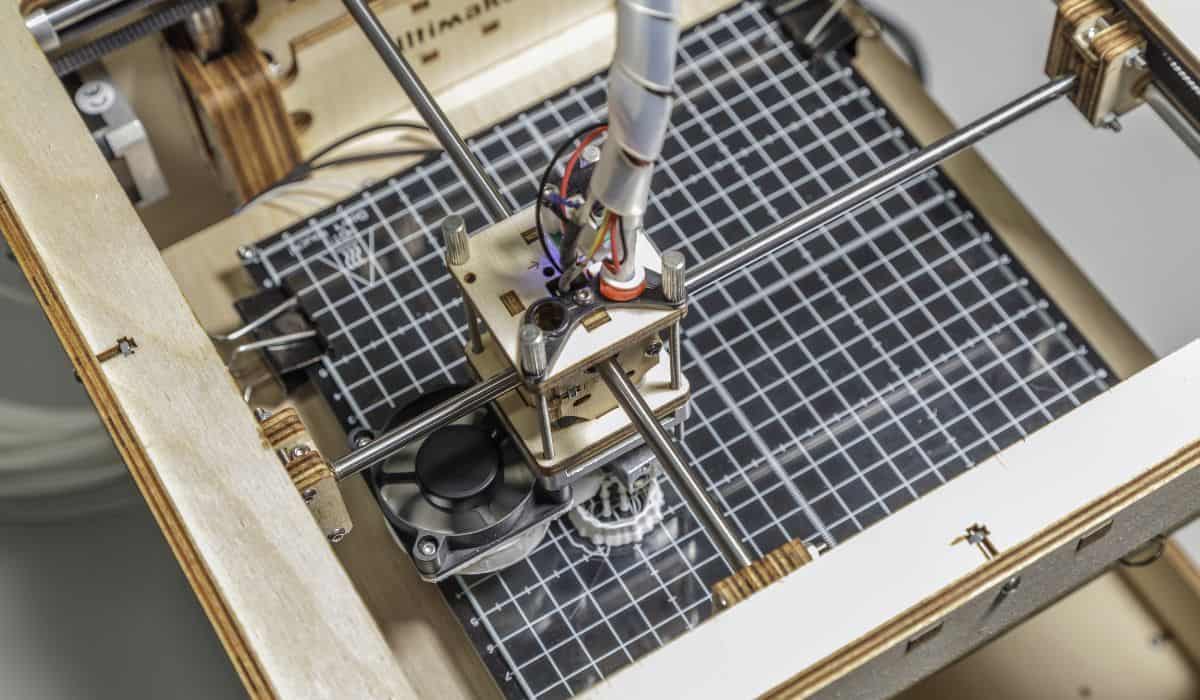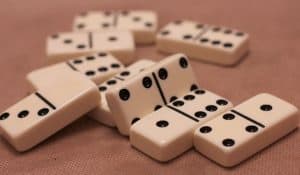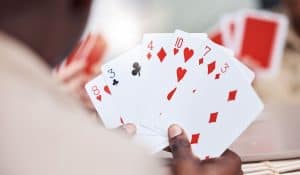If you’ve found this article, you’re probably considering buying your first 3D printer, or just trying to get some more information to choose a new hobby.
You have probably seen our other articles on how much a 3D printer will cost, or the other costs associated with 3D printing.
But now you might be wondering how much do 3D printing materials cost?
The short answer is it depends. The cost of 3D printing materials depends on what material you use, the color, the quality, and the quantity. If you’re looking specifically for a price range, materials can range from $10/kg all the way to $300/kg.
PLA – Polylactic Acid
PLA, or Polylactic Acid, is the most popular thermoplastic filament for 3D printing. It’s a good material for starters, as it isn’t the strongest or most durable material.
Its popularity doesn’t come from its sturdiness, but rather from the budget-friendly price of $15-$20 per kg. At this price point it is one of the most affordable thermoplastics, especially if you purchase white PLA.
ABS – Acrylonitrile Butadiene Styrene
Acrylonitrile Butadiene Styrene is a much sturdier thermoplastic than PLA. ABS requires a heated build plate in order to make quality prints, so check your 3D printer specs before purchasing this material.
ABS has a much higher melting point, which means after your 3D print is finished, you are left with a piece that won’t start melting with higher environmental temperatures.
ABS is still an affordable thermoplastic at $15-$25 per kg.
PETG – Polyethylene Terephthalate Glycol-Modified
Polyethylene Terephthalate Glycol-Modified is one of the strongest budget friendly plastics. PETG can withstand more pressure than any of the previous thermoplastics, and its strength doesn’t come with an increased price.
At around $15-$25 per kg, PETG is by far the most superior filament, but it isn’t as widely available as PLA or ABS.
Buying PETG in bulk saves even more and keeps you from having to find it every time you need it.

Nylon
Here’s where the price takes its first big jump. At around $50-$75 per kg, Nylon is a common material used for items like nuts, bolts, and gears.
Nylon is slightly flexible while still being extremely durable. Not only is it a very strong material, but it’s also highly chemically resistant which makes it a great material for industrial use.
Specialty
There are so many different specialty materials. There are some that have additives like glitter, and glow-in-the-dark powder that appeal to items made for kids.
There are filaments with additives like wood, magnetic powder, and even stainless steel. And if you’re looking for something to compliment a pottery hobby, there is filament that prints with a kilnable material.
There are far too many specialty materials to list them, and they are all too unique to find prices. Instead, here are some of the more popular and accessible specialty materials.

ASA
Acrylic Styrene Acrylonitrile is a good filament for outdoor use. It is UV and moisture resistant allowing it to survive the elements.
It is also electrically insulating which makes it a great material for engineers.
This is one of the cheaper specialty materials and a price range of $30-$50 per kg.
Poly Carbonate
Poly Carbonate is an incredibly durable material. This is the material you should use for a product that needs to withstand a lot of strength without being replaced often.
This material has a very wide price range.
The quality and quantity play a big part in this range, as you can buy a much cheaper, less quality product at around $30 per kg. Or you can buy a much better-quality filament for $100 per kg.
TPU
Thermoplastic Polyurethane is a softer PLA filament.
This can be used to make things like toy car tires, shoes, or anything else that might be made of rubber.
It comes with a pretty high price tag of $85-$120 per kg, but the texture and flexibility of TPU isn’t comparable to any other filament for an FDM 3D printer.
Resin
Resin 3D printers require – you guessed it – resin. Although there aren’t different types of resin like there are filaments, there are different prices.
There are many companies selling resin for 3D printers, in all different strengths, colors, and flexibility, but they are all just resin.
For 3D printing, you can expect to pay anywhere between $40 – $300 per liter.
Wrapping It Up
There’s no easy way to tell you exactly how much your materials will cost, because as you’ve read, there is such a wide price range for 3D printing materials.
Hopefully, this article has helped you find a material within your budget for the products you want to print.
If you want to check the price on a specific 3D print, you can check out this website.
Omnicalculator takes the price, weight, and diameter of your material, and combines it with information about your print to give you an estimate on how much a specific piece will cost.










